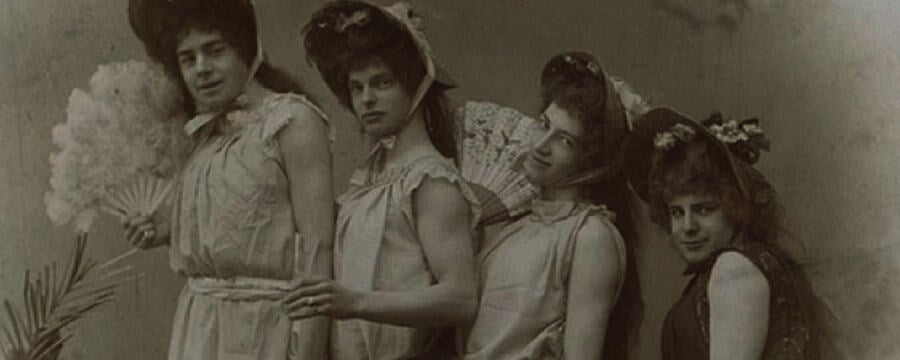Home / History / Gender & Feminism / A Global History of Sex and Gender: Bodies and Power in the Modern World / The gendered value of work
This article is from the free online
A Global History of Sex and Gender: Bodies and Power in the Modern World


Reach your personal and professional goals
Unlock access to hundreds of expert online courses and degrees from top universities and educators to gain accredited qualifications and professional CV-building certificates.
Join over 18 million learners to launch, switch or build upon your career, all at your own pace, across a wide range of topic areas.

 Moulinex, Cormelles-le-Royal, France, 1965. Archives du Calvados 2003 JP 1058 2160. © Direction des Archives du Calvados.
Moulinex, Cormelles-le-Royal, France, 1965. Archives du Calvados 2003 JP 1058 2160. © Direction des Archives du Calvados. Assembly Workshop, Moulinex, Cormelles-le-Royal, France, 1965. Archives du Calvados 2003 JP 1058 2160. © Direction des Archives du Calvados.
Assembly Workshop, Moulinex, Cormelles-le-Royal, France, 1965. Archives du Calvados 2003 JP 1058 2160. © Direction des Archives du Calvados.![Le Petit Journal, L’ouvière parisienne, avant la guerre, pendant la guerre [The Parisian worker, before the war, during the war] (1916)](https://cdn-wordpress-info.futurelearn.com/info/wp-content/uploads/4fb904b7-d1d5-4606-8c0e-3d49e9eaff5b.png) Le Petit Journal, L’ouvière parisienne, avant la guerre, pendant la guerre [The Parisian worker, before the war, during the war] (1916) Public Domain.
Le Petit Journal, L’ouvière parisienne, avant la guerre, pendant la guerre [The Parisian worker, before the war, during the war] (1916) Public Domain.





